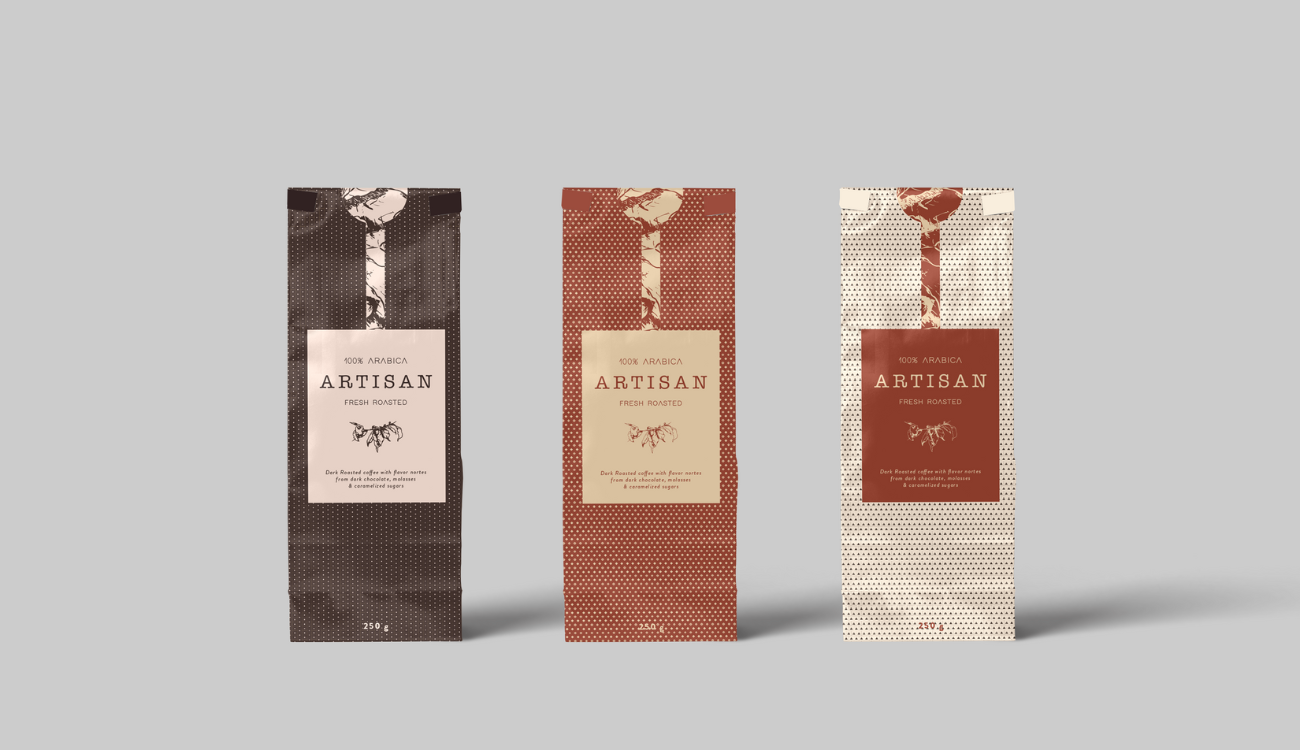
Design Brand Identity: Your Blueprint for Standing Out
Your brand identity is the secret sauce that makes you unforgettable.
It’s why customers recognize a Coca-Cola bottle from across a crowded store or spot a Starbucks cup in a blur of morning commuters. But here’s the hard truth: 80% of consumers need consistent brand exposure to remember a business (Lucidpress). If your visuals, voice, or values feel disjointed, you’re leaving money on the table.
This isn’t just about logos and color palettes—though those matter. It’s about:
Clarity: What makes you different from competitors?
Connection: How do you make customers feel?
Consistency: Can someone recognize your brand at a glance?
Why this guide works:
I’ve spent 9 years helping 200+ brands—from Dubai startups to Fortune 500s—craft identities that stick. You’ll get:
🔑 A proven 7-step brand identity design process (no fluff)
🔑 Real-world brand identity examples (what works and why)
🔑 Cost breakdowns (DIY vs. agency) to match your budget
Mythbuster: “Brand identity is just for big corporations.”
Truth: Airbnb’s first logo was designed on a $50 budget. It’s about strategy, not spend.
Ready to design a brand identity that turns strangers into loyal fans? Let’s begin.


Brand identity design is your company's visual handshake.
Brand identity design is your company’s visual handshake.
It’s how you introduce yourself before you ever speak—through colors that trigger emotions, typography that whispers (or shouts) your personality, and symbols that become shorthand for your values.
The 3 Pillars of Strong Brand Identity:
Visual DNA
- Your logo (but also its 10+ variations)
- Color palette (with HEX codes locked down)
- Typography system (no more “font roulette”)
Verbal Personality
- Brand voice guidelines (casual? academic?)
- Messaging hierarchy (what you always say first)
Behavioral Cues
- Customer service tone
- Social media engagement style
Real-World Example:
Notice how Mailchimp’s playful illustrations and “Hey there” copy make email marketing feel human? That’s intentional brand identity design at work.
Common Misconception:
“Brand identity = brand guidelines document.”
Truth: It’s how those guidelines come alive when you’re not in the room to explain them.
Why This Matters:
Consistent brand identity increases revenue by up to 23% (Forrester). Every touchpoint is either reinforcing—or eroding—trust.

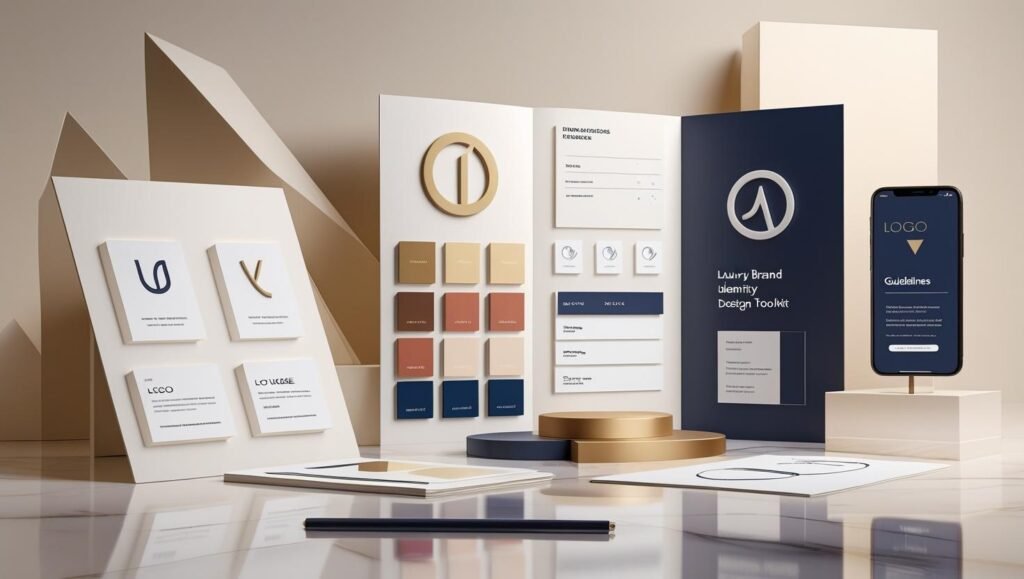
The 7-Step Brand Identity Design Process
Your brand identity shouldn’t be left to chance.
After working with 200+ brands across 12 industries, I’ve refined this battle-tested process to help startups and established businesses alike craft identities that stick—without the guesswork.
Step 1: Deep-Dive Research
Before sketching a single logo, you need:
- Audience Insights: “Who buys from you? What keeps them up at night?” (Use tools like SparkToro)
- Competitor Audits: Map 3-5 competitors’ visual identities—note gaps and opportunities.
- Cultural Trends: Pantone’s Color of the Year isn’t just fluff; it influences perceptions.
Step 2: Define Your Brand Personality
This is where words become visuals.
Exercise:
Pick 5 adjectives (e.g., “trustworthy,” “innovative”)—this becomes your North Star.If your brand were a person, would it be:
A sharp-suited consultant (serif fonts, navy blue)?- A creative disruptor (bold colors, asymmetric layouts)?
Step 3: Visual Identity Design
The fun part (with rules):
Logo: Design 3 concepts (wordmark, symbol, or combination).
Colors: Limit to 1 primary + 2 secondary (use Coolors.co for harmony).
Typography: Pair a display font (headlines) with a readable body font.

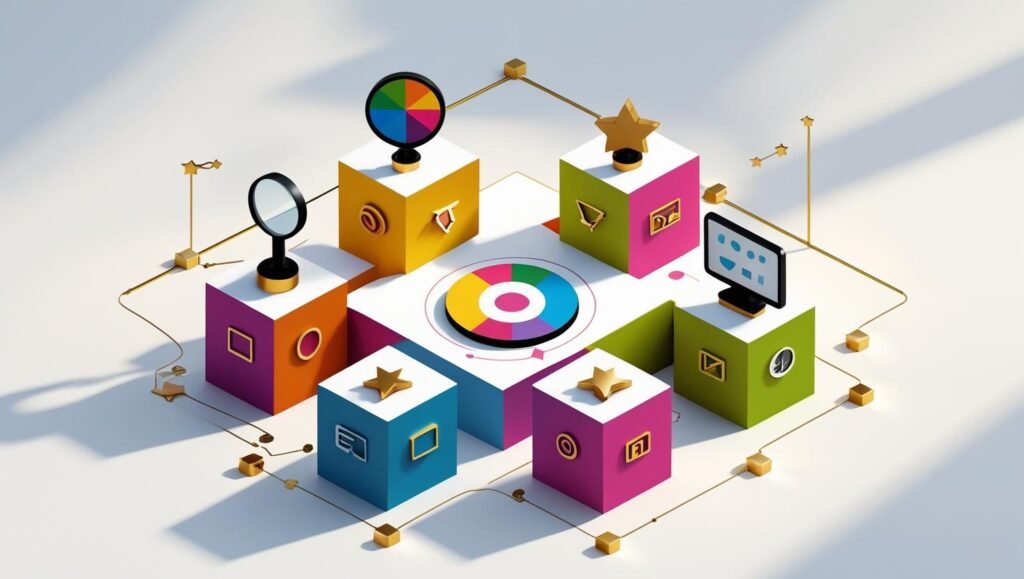
Step 4: Build Brand Guidelines
Your rulebook to prevent chaos:
- Logo clear space + minimum sizes
- Color formulas (CMYK, RGB, HEX, Pantone)
- Voice examples: “Say ‘You’ve got this!’ instead of ‘Operation successful.’“
Step 5: Craft Your Brand Voice
Words matter as much as visuals.
Tone: Friendly? Authoritative? (Compare: Mailchimp vs. IBM)
Messaging Pillars: 3 core ideas you’ll repeat everywhere.
Step 6: Apply Across Touchpoints
Where your identity lives:
🌐 Website (fonts loaded via CSS)
📱 Social media (template posts in Canva)
📦 Packaging (if applicable)
Client Story:
How we helped [Client] cut design time by 60% with templates

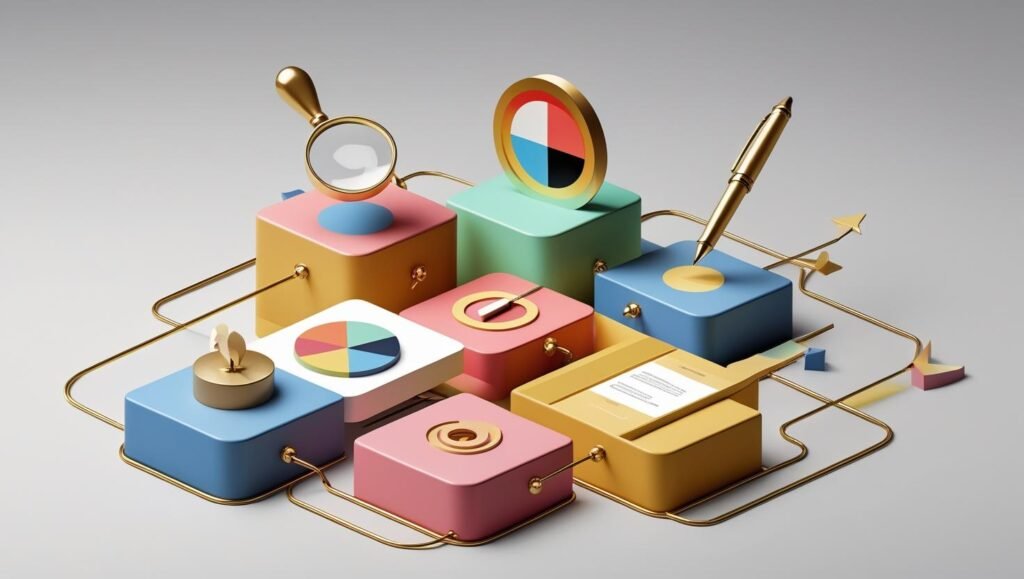
Step 7: Audit & Evolve
Identities grow with you.
Annual audit: Does your identity still align with your audience?
Subtle tweaks > Overhauls (Google’s logo evolution, not Yahoo’s whiplash).
Key Takeaways
Process > Perfection: Start small, refine over time.
Consistency = Recognition: One study found consistent branding increases revenue by 23%.
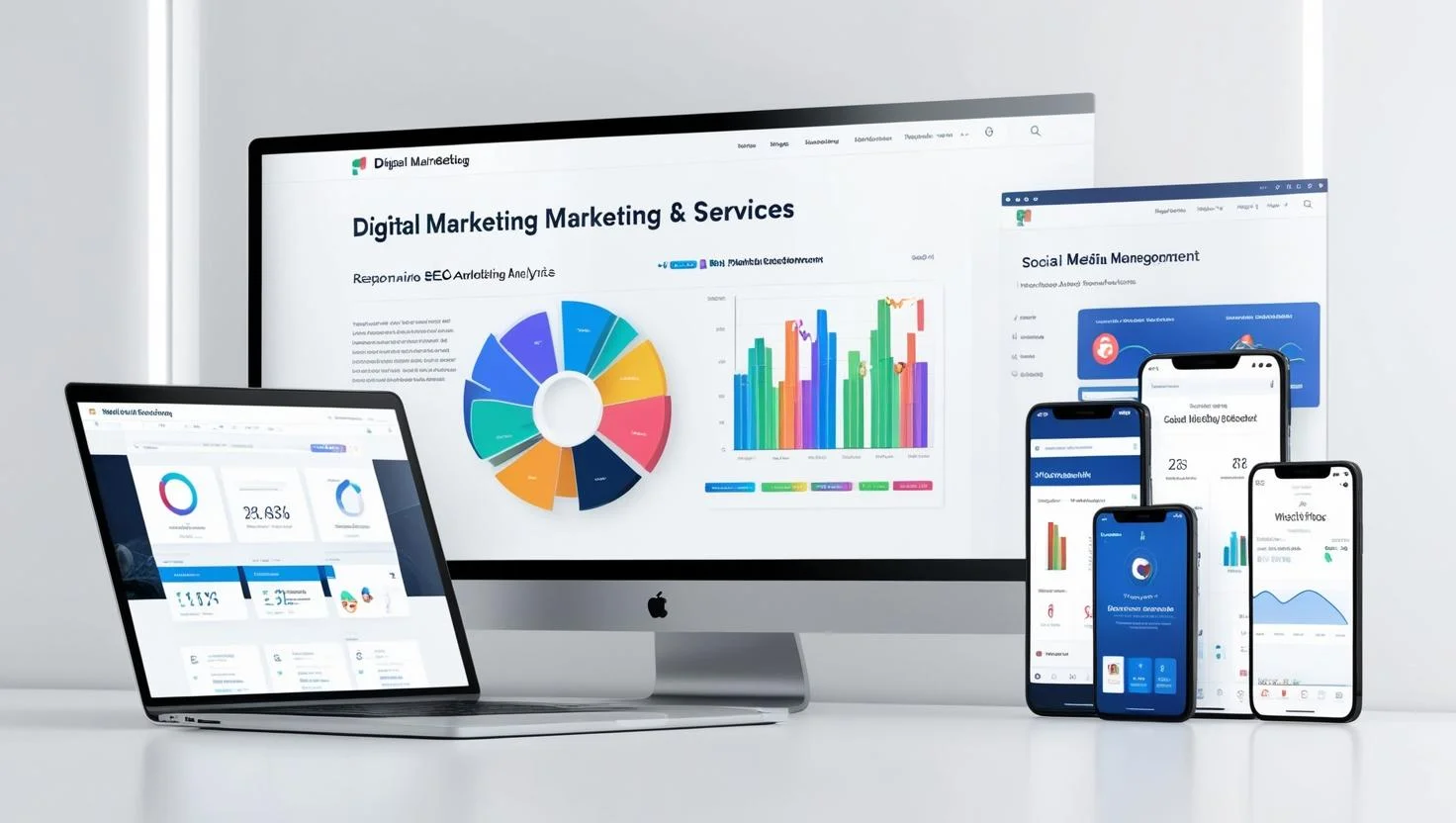
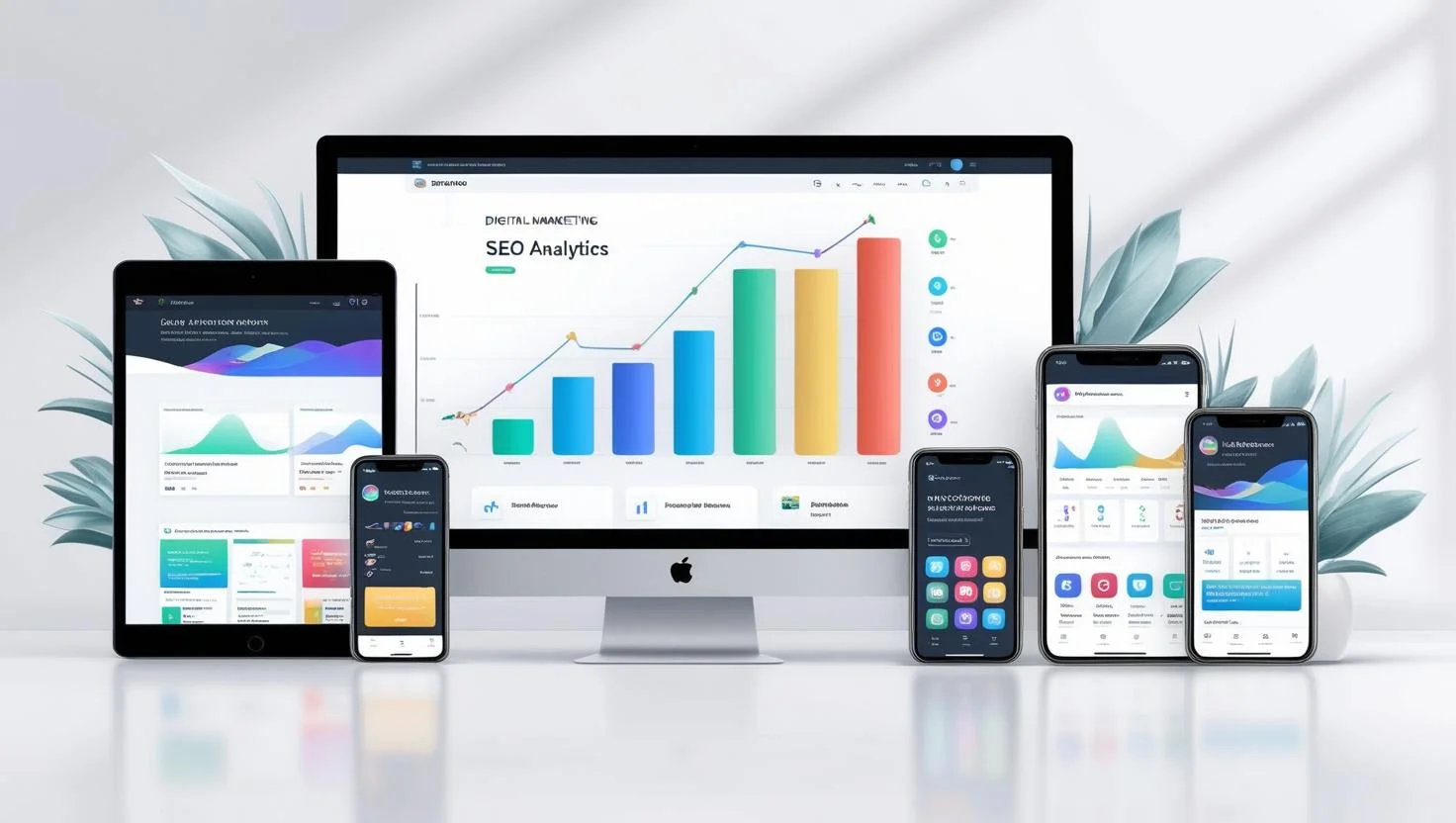


Leave a Reply